
Arduino project the map() function
The map function is intended to change one range of values into another range of values and a common use is to read an analogue input (10 bits long, so values range from 0 to 1023) and change the output to a byte so the output would be from 0 to 255. TIP: The Arduino map () function can convert from positive to negative ranges.

13 Circuits using map function Arduino Tinkercad Hindi YouTube
The AnalogWrite function's block range is 0-255, so we have to convert the potentiometer's reading to the output PWM value range. For this, we use the Map function, which is an inbuilt function of Arduino. The Map block can be found in the Math tab. We need to specify the expected output range (0-255).

How to Use Map Function Using Arduino
A map function in Arduino programming is a means of transforming one range of values into another. For example, you can use the map function to scale an analog input from 0-1023 to a range of 0-255. The syntax for the map () function is: map (value, fromLow, fromHigh, toLow, toHigh)

Arduino and map function YouTube
29-01-2018 by Kasper Kamperman. I've created two code examples. One that shows how to use the Arduino map () function to change a variable number from one range to another. We also apply the constrain () function. The other example shows how to smooth Analog Input values by taking multiple samples and average those. Level: beginner with.

Arduino Uno Pinout / Pin mapping Embedded Electronics Blog
How to Use Map Function Using Arduino DevicePlus Editorial Team March 10, 2020 Introduction Have you ever noticed interconnected electronics are always compatible in their working ranges despite having different units and different extents of upper and lower limits?

Map sensor arduino
How to map sensor analog output voltage Ask Question Asked 6 years, 5 months ago Modified 6 years, 5 months ago Viewed 8k times 2 My sensor output voltage values ranges from 0.6 V - 3 V. How can I convert this voltage values to ppm in the range 0-1000? Upon exposure to CO gas: 0 ppm = 0.6 V , 500 ppm = 1.52 V and 1000 ppm = 3.01 V.

La Función map() en Arduino YouTube
The map () function makes it easy to convert a value from one range into a proportional value of another range. Let's use an example that involves a potentiometer and an electrical motor. We can sample the potentiometer with one of Arduino's analog inputs, which have a resolution of 1024 values (10 bits).
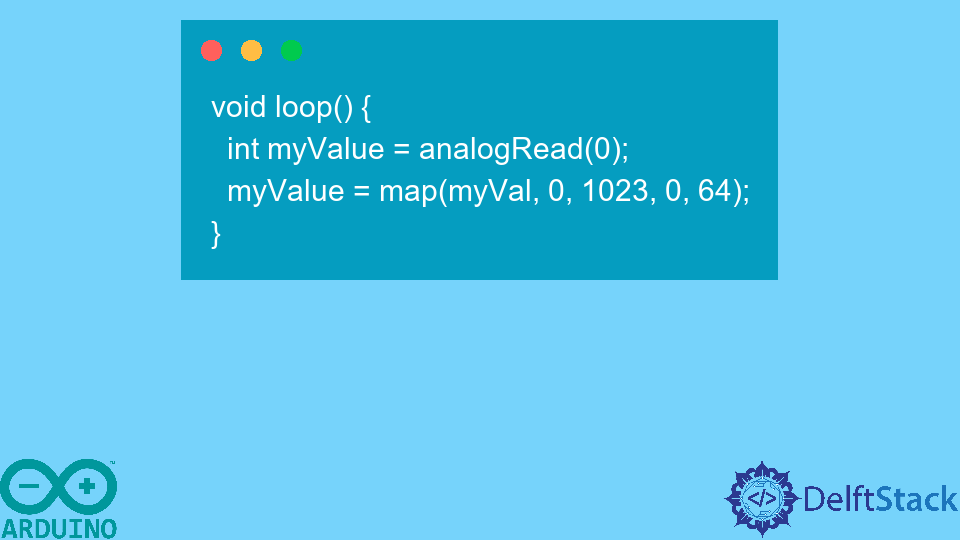
Arduino map() Function Delft Stack
The syntax of the Arduino map function is straightforward: The code mapped_value = map (value, from_low, from_high, to_low, to_high); value: This is the input value you want to map. from_low and from_high: These parameters define the input range within which the value falls. to_low and to_high: These parameters specify the desired output range.

Arduino PWM 014 Using the map function YouTube
The map() function uses integer math so will not generate fractions, when the math might indicate that it should do so. Fractional remainders are truncated, and are not rounded or averaged. Syntax map(value, fromLow, fromHigh, toLow, toHigh) Parameter Values value: the number to map. fromLow: the lower bound of the value's current range.
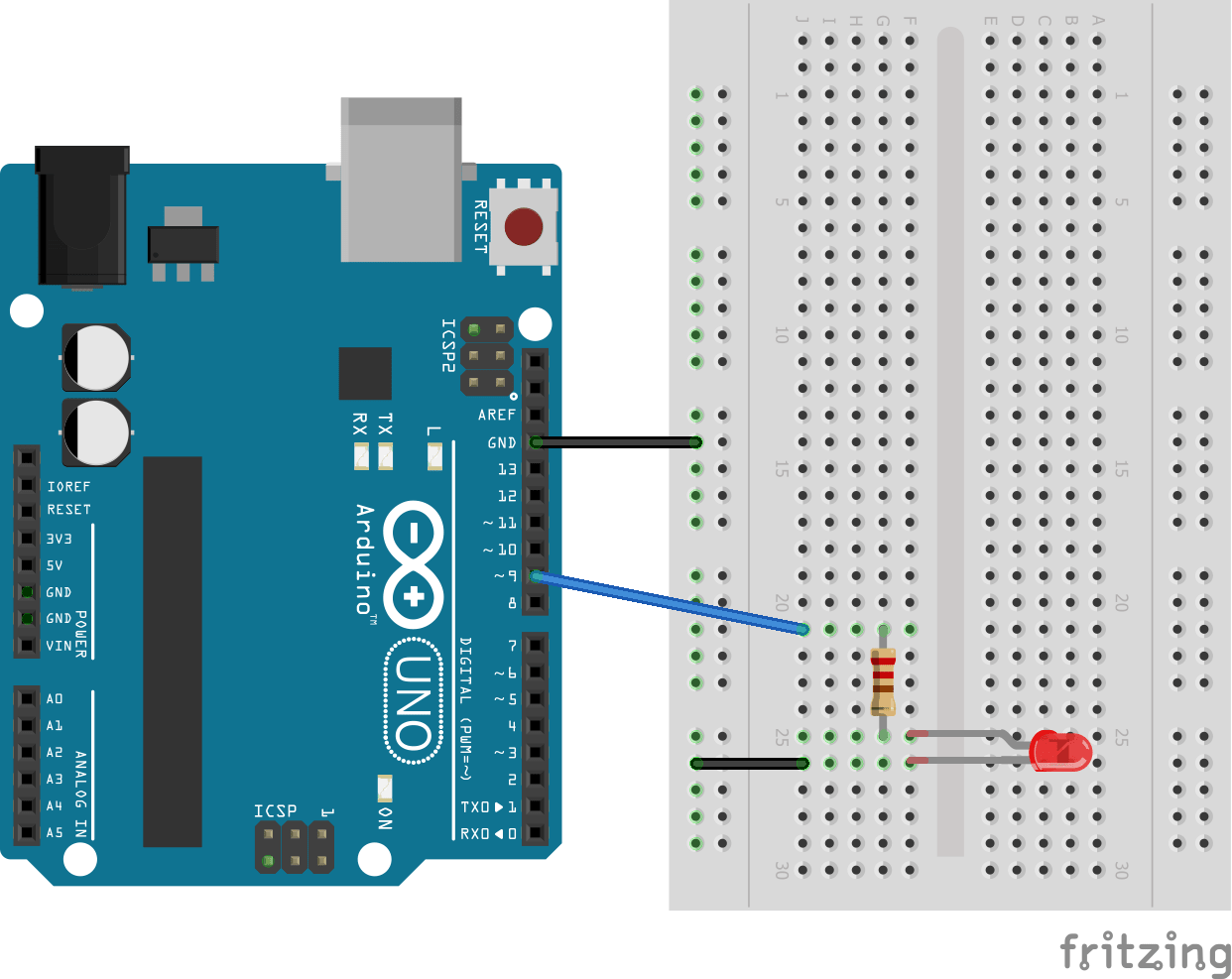
Programming Arduino Using Loops and the Map Function in BlocklyDuino
The Arduino map function. Mapping a value from one range to another is a very simple thing. It's just a matter of finding which value will be at the same point of the output range as compared to the input range. Let's see it with a simple example. If we have a possible input value of 0 to 100 and an allowed output range of 0 to 500 and we take.
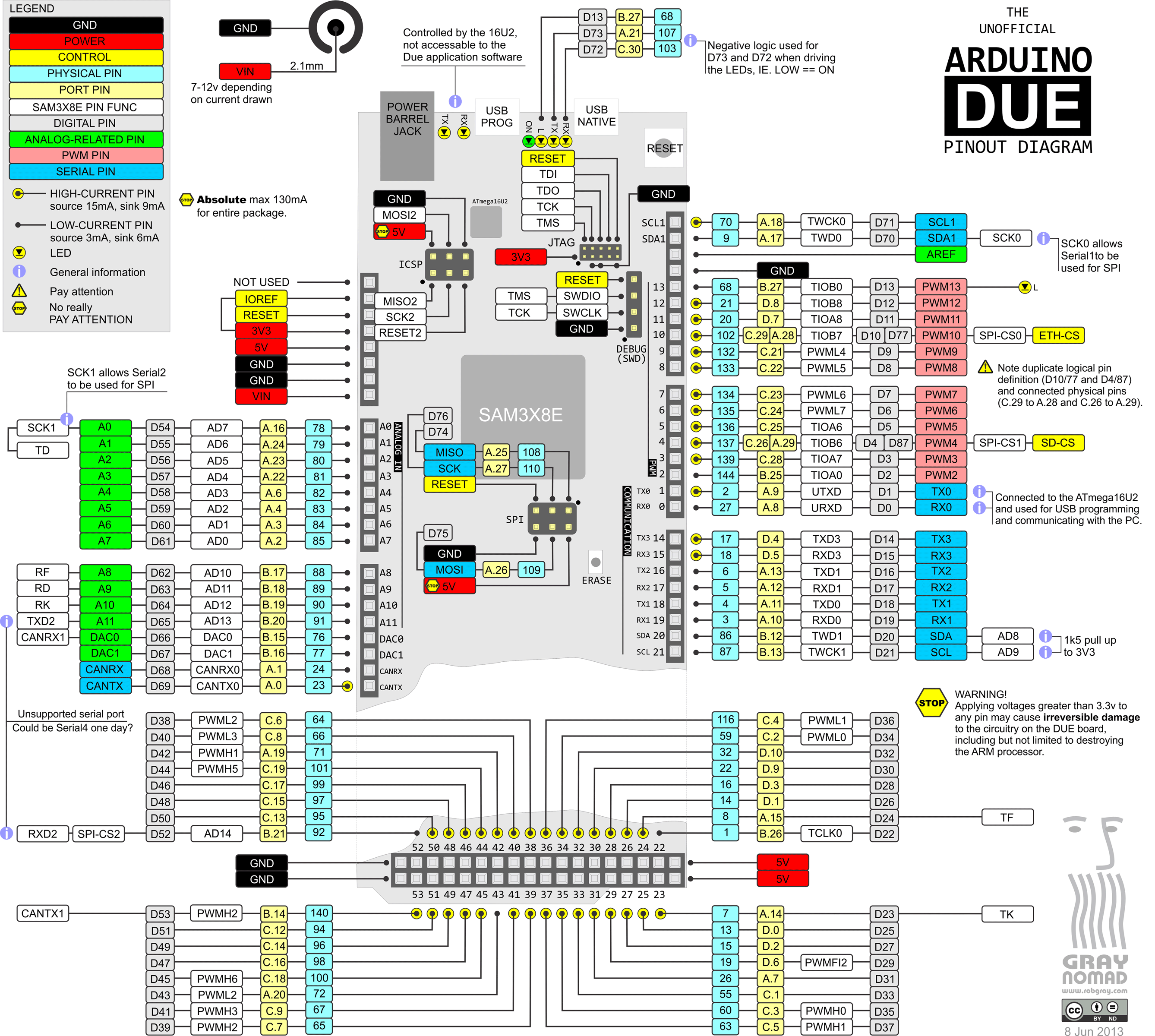
Icircuit arduino atilastorage
The Arduino map() function is a really handy built-in function. In this video' we'll introduce you to the Arduino map(), talk about what it does, and show yo.

18 Demo of Arduino Map function YouTube
The mapped value. Data type: For the mathematically inclined, here's the whole function As previously mentioned, the map () function uses integer math. So fractions might get suppressed due to this. For example, fractions like 3/2, 4/3, 5/4 will all be returned as 1 from the map () function, despite their different actual values.

How to Use Map Function Using Arduino
Map a Number From One Range Into Another Using the map () Function in Arduino If you want to map a number from one range to another, you can use the map () function in Arduino. For example, if you want to map a number from a range of 1-1000 to a range of 1-10, you can do that easily using the map () function.

12 Arduino Uno Beginners Map Function YouTube
Arduino programming language can be divided in three main parts: functions, values (variables and constants), and structure. functions For controlling the Arduino board and performing computations.
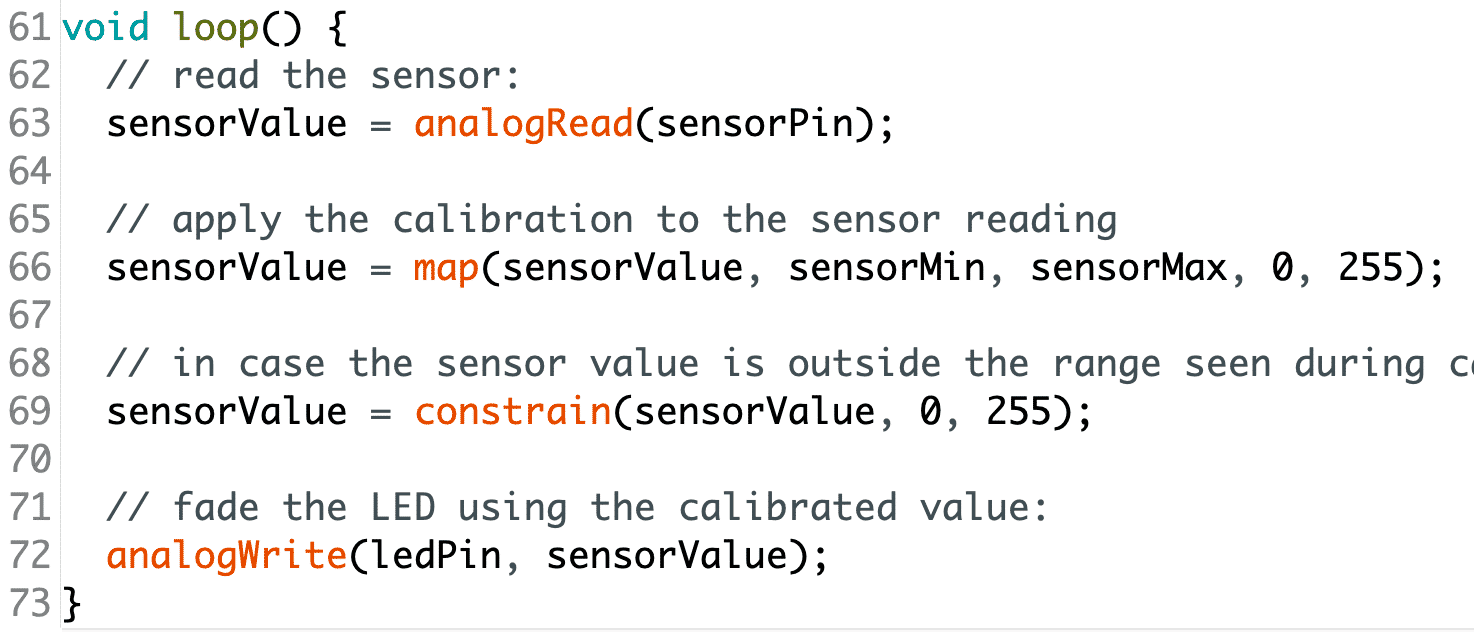
8. The Arduino “map” function Tech Explorations
y = map (x, 1, 50, 50, 1); The function also handles negative numbers well, so that this example. y = map (x, 1, 50, 50, -100); is also valid and works well. The map () function uses integer math so will not generate fractions, when the math might indicate that it should do so. Fractional remainders are truncated, and are not rounded or averaged.
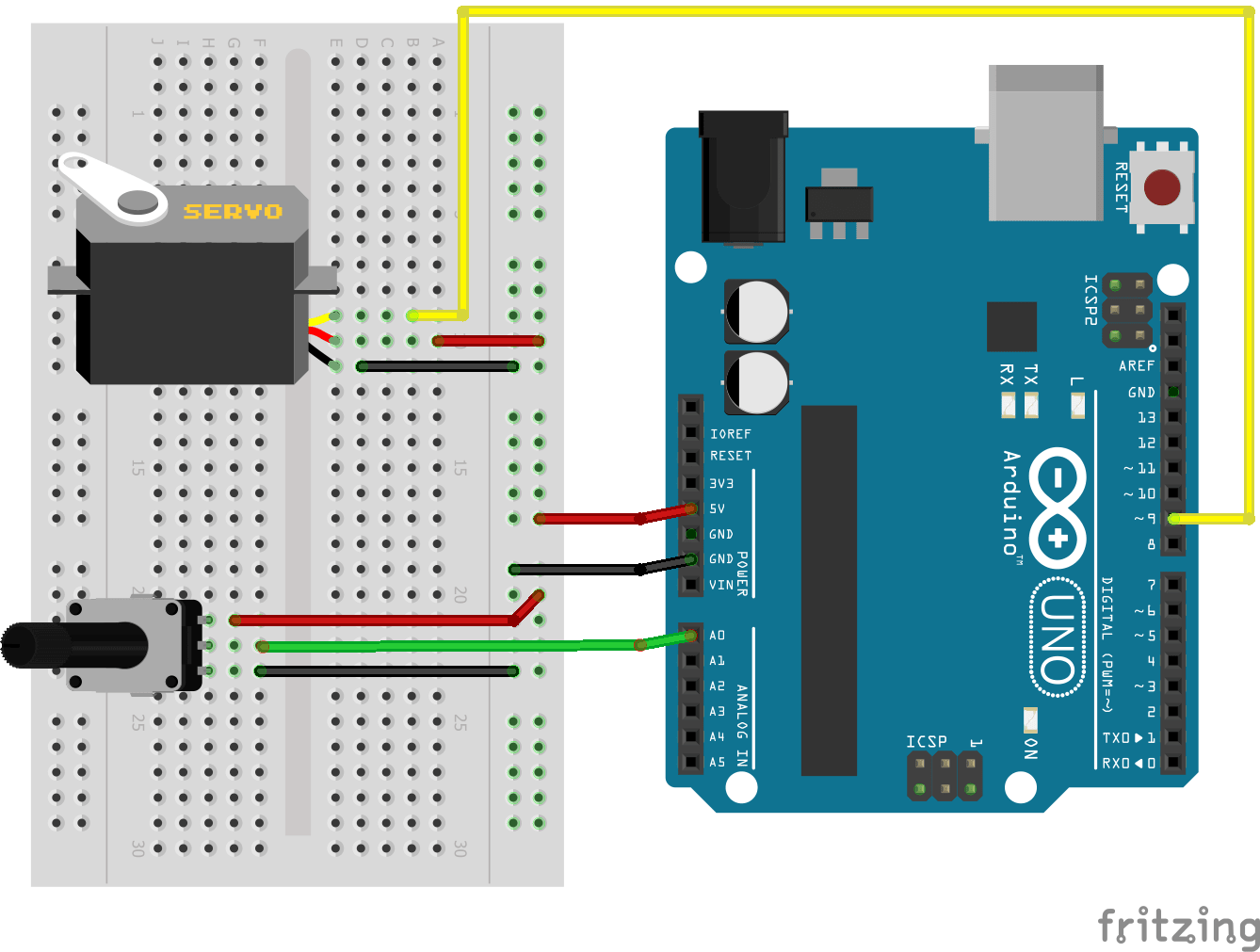
Programming Arduino Using Loops and the Map Function in BlocklyDuino
a regular map - function is map (x,a,b,c,d) -->an example.= map (val,0,1024,0,100); x is a value that you read by using analogRead () -function a lower border of the values that analogRead can provide b upper border of the values that analogRead can provide c lower border of your value range d upper border of your value range my solution is